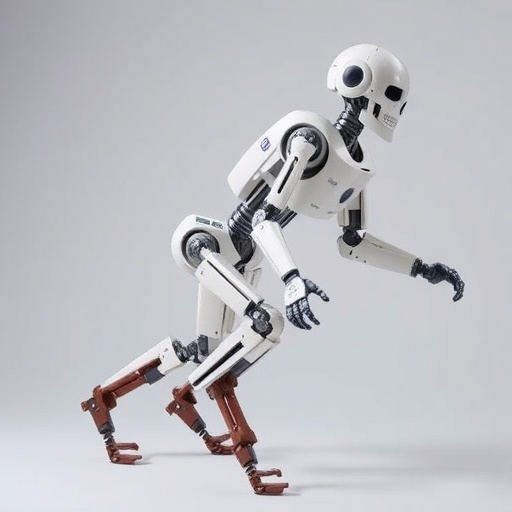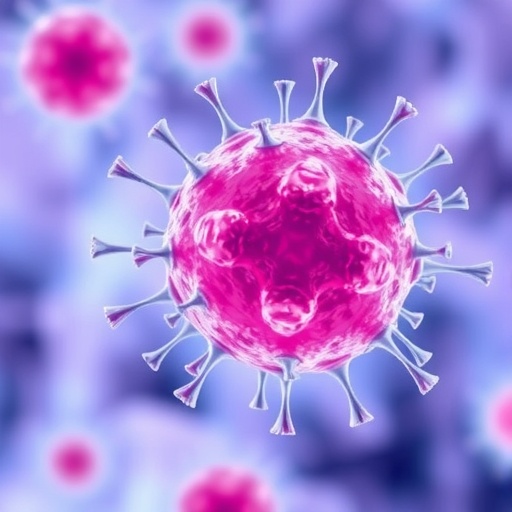Bottom Line: Scientists have found a single protein–Ptbp2–controls a network of over 200 genes central to how developing sperm move and communicate. The protein works by regulating how RNA is processed during each stage of sperm development.
Journal in Which the Study was Published: Cell Reports
Author: Donny Licatalosi, PhD, Assistant Professor in the Center for RNA Science and Therapeutics at Case Western Reserve University School of Medicine.
Background: Developing sperm are constantly chopping and trimming their genetic material. This process–"splicing"–allows the cells to select genes required for each developmental stage. Splicing produces small, trimmed pieces of RNA that serve as protein blueprints. By using different trimming patterns–"alternative splicing"–the cells can create multiple protein blueprints from a single gene.
Developing sperm use alternative splicing techniques more than other cell types. This produces high levels of alternatively spliced RNA fragments inside sperm progenitor cells, also called germ cells. Scientists are not sure how or why germ cells use alternative splicing at such a high rate.
"The importance of RNA splicing in sperm development has been a longstanding question," Licatalosi said. "We've known for decades that more alternatively spliced RNAs are made during germ cell development compared to most other developmental systems. But whether this is a tightly regulated process, or even a biologically meaningful one, is unclear."
Licatalosi's team is investigating how alternative splicing is controlled during sperm development. Their work focused on a protein–Ptbp2–that attaches to RNA near splicing sites. Understanding RNA splicing in germ cells could help researchers better understand mechanisms behind developmental defects in humans.
How the Study Was Conducted: The researchers deleted the gene encoding Ptbp2 in germ cells, then investigated levels and functions of alternatively spliced RNAs in four different stages of sperm development.
All experiments were conducted at Case Western Reserve University (CWRU) School of Medicine. The CWRU Genomics Core assisted with genetic studies and the CWRU Tissue Resources Core helped prepare mouse cell and tissue samples. Licatalosi also collaborated with the CWRU Virology, Next Generation Sequencing, and Imaging Core to observe how the genetically-modified cells interacted with other cells under high-powered microscopes.
Results: The research team discovered that without the Ptbp2 protein, alternative splicing for over 200 genes inside developing sperm went awry. Many of the affected genes encoded proteins involved in protein trafficking within the cell. As a result of their dysregulation, the germ cells could not properly move, transport materials, or communicate with other cells. The genetically-modified germ cells never properly developed into sperm. The results suggest Ptbp2 is central to RNA splicing processes inside germ cells and, consequently, proper sperm development.
Most strikingly, deleting the major protein also impacted other cells–Sertoli cells–that serve as guides for developing germ cells. Sertoli cells in the experiments had defects in their cellular scaffolding–cytoskeleton–that they use to physically move and interact with germ cells.
Said Licatalosi, "The most exciting part is that splicing defects in germ cells, caused by deletion of a splicing regulator gene only in germ cells, caused defects in the neighboring Sertoli cells. This observation underscores the importance of splicing regulation in cellular crosstalk between germ cells and Sertoli cells. This crosstalk is critical to ensure that the germ cells complete development and are not prematurely released before development is complete."
Author Comment:
"The dynamics, regulation, and function of alternative splicing during spermatogenesis have remained largely unexplored. In this report, we provide data to significantly advance our knowledge of each of these aspects," wrote the authors.
Said Licatalosi, "Proper tissue development and function depends on highly orchestrated networks of different cell types talking to one another in an ordered and timely manner. Deficits in this process underlie a range of human diseases. Our data, and that from other labs, indicate that tissue-specific splicing regulators may have critical roles in establishing cell-cell networks necessary for proper tissue development and functionality."
According to Licatalosi, previous studies have suggested high levels of spliced RNAs "may be inconsequential, an artifact of the high levels of gene expression that occur during germ cell development. Our data argue that alternative RNA expression in sperm development is highly regulated, and this regulation is critical for the cells to complete development."
"The new insights provided by our study result from the integration of genetic, cellular, biochemical, bioinformatic, and deep sequencing approaches," Licatalosi noted.
###
Funding & Disclosures: This work was supported by National Institutes of Health grant GM107331 to D.D.L.
For more information about Case Western Reserve University School of Medicine, please visit: http://case.edu/medicine.
Media Contact
Marc Kaplan
[email protected]
216-368-4692
@cwru
http://www.case.edu
http://casemed.case.edu/cwrumed360/news-releases/release.cfm?news_id=673
Related Journal Article
http://dx.doi.org/10.1016/j.celrep.2017.05.089




